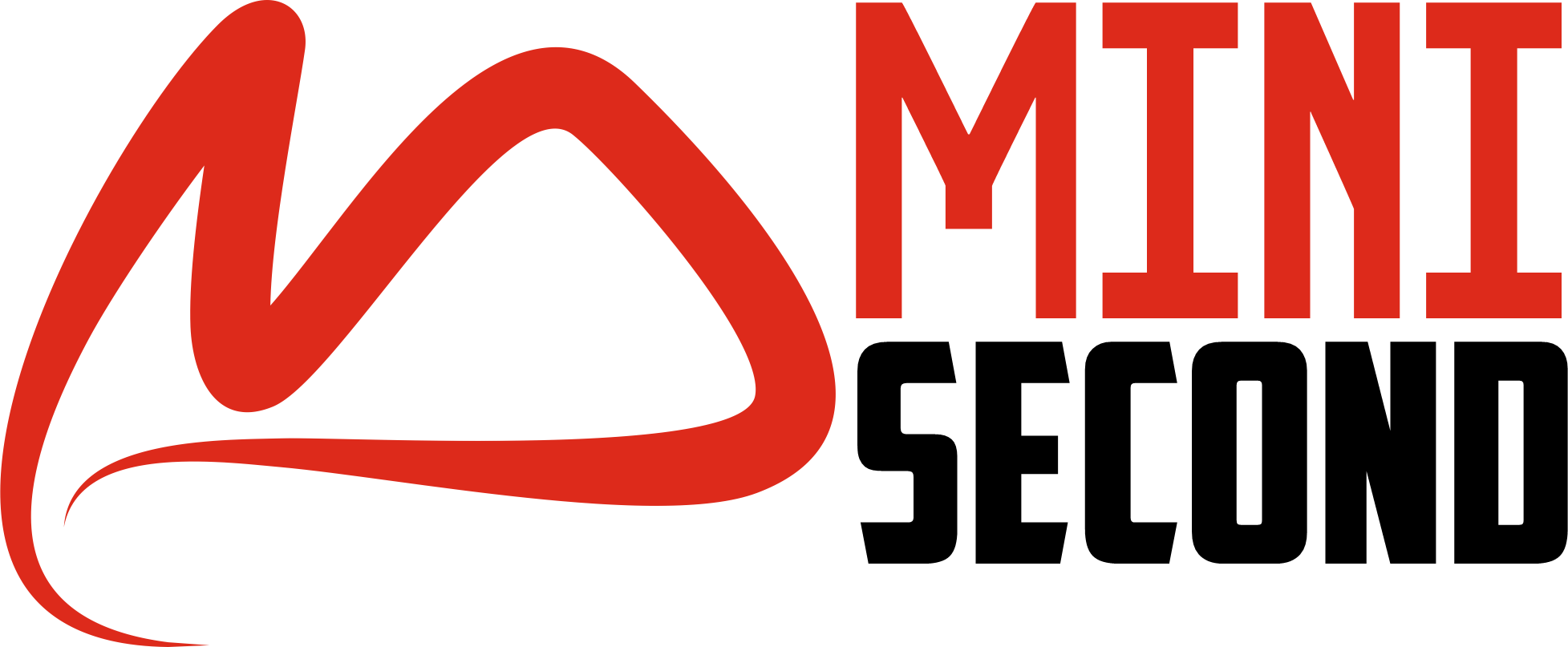Management Write For Us – As a manager, your responsibility is to provide clarity and context so that your team members can do the best job possible. Great managers connect the dots, provide context, and generate clarity. But each manager takes a different approach in their way of doing it.
The approach you take constitutes your management style. From the type of team-building activities you plan to the conversations you have during one-on-one meetings with team members, your management style guides every interaction you have with your team, even without realizing it.
Qualities and responsibilities of a manager
Before delving into management styles, it’s essential tounderstand what it means to be a manager and what leadership qualities you need to bring to support your team. Some of them are the following:
•Howoevr Connect daily tasks with compane objectives. One of the most significant things you can do for your team is to ensure they have the context they need to succeed.That is to say Only 26% of knowledge workers clearly understand how their work relates to company goals. That is to say Without that context, team members don’t clearly know what they should prioritize and what their highest-impact work is. Assign and delegate work. Part of the job of a good manager involves delegating the job
Management Write For Us What are management styles?
Management styles describe the different approaches managers take to support and guide a team.That is to say Of course, all managers have the same responsibilities, but other management styles tell how they specifically use their management tools to motivate team members.
There is a wide variety of management styles. Every manager naturally leans towards a management style, even without realizing it. Our management styles arise through communication preferences, personality types, and how we present ourselves at work. The key is to identify which management style you apply naturally. Identifying your preferred
management style can help you better understand.
with and support your team, including the things you do without realizing it.
Management styles vs. Leadership styles
To understand the difference between management and leadership styles, we must first understand the difference between leadership and management.
“The role of the manager is operational; fulfills the function of establishing and evaluating priorities, making decisions about hiring, firing, compensation, etc. A leader, on the other hand, fulfills a role similar to that of a coach or spiritual guide. He is responsible for keeping the energy in the team, keeping them continually inspired, helping them develop, and ensuring everyone is moving in the same direction. A leader must be a pillar of strength and stability amid change.” —Dustin Moskovitz, Co-Founder and CEO of Asana.
The three types of management styles
A wide variety of management styles and more are being defined daily. Anything that explains how you can lead your team, plan work, and connect the dots can be considered a management style. Some of these styles are born from the top of the hierarchical pyramid and go down, while others are freer of interventions. Although there are many different management styles, they typically fall into three categories: autocratic, laissez-faire, and democratic management.
Autocratic management style
Autocratic managers centralize the decision-making process. In these teams, the manager typically makes most of the decisions, including what the team should focus on, what short- and long-term goals they should work on, and what tasks and projects are associated with these initiatives. An autocratic manager will delegate the job to the team member they feel is best suited for the job. This is the most top-down management approach at the hierarchical level.
Set quarterly priorities; the autocratic manager will put all of his team’s quarterly priorities and then share them with the group once they are finalized.
Laissez-faire management style
However, Laissez-faire managers are the least involved. “Laissez-faire” means “let it go” in French, and this management style leans toward that laid-back, hands-off approach. Laissez-faire style managers prefer to give team members almost total autonomy and typically only meet with or host team meetings if requested by the team. Otherwise, a laissez-faire manager only reviews if there are problems.
If the team needs to set quarterly priorities, the laissez-faire manager will allow each member to decide what to prioritize. However, unless team members request, laissez-faire managers won’t necessarily help them through the goal-defining process or ensure that team goals are connected to company goals.
Democratic management style
Democratic managers collaborate with their team members to distribute the decision-making process. They invest in the well-being and professional development of their team. This management style encourages creativity and commitment throughout the unit. While still the final decision maker, the manager who uses a democratic management style encourages contributions from all team members.
Before setting quarterly priorities, the democratic manager will ensure that each team member understands the company’s goals and how their team’s initiatives contribute to the company’s annual goals. This type of manager will encourage team members to suggest their own goals. If necessary, the democratic manager will hold a goals workshop to ensure each team member is working towards their most important priorities each quarter.
The best management style for your team
Not all management styles are the same. For example, although autocratic and laissez-faire management styles can be helpful in specific cases, the best management style to use is a democratic form of management.
That is to say Democratic managers emphasize collaboration and connection. By demonstrating the importance of open communication and encouraging all team members to participate in the decision-making process, democratic managers can increase employee engagement.That is to say That, in turn, builds trust between the manager and her team members.
how to be a democratic manager
Democratic management is a broad management style, and as a result, there is no single correct way to be a democratic manager. Instead, practice distributed decision-making and lean on collaboration.Moreover To get started, try these three tips to Moreever warm up your democratic management style:
Collaboration and communication
The first step towards better collaboration and communication is co-creation. That is to say Co-creation is the process of creating something together, and it’s one of our company-wide values at Asana.That is to say Managers who embrace co-creation recognize that the whole is greater than the sum of its parts.
Part of co-creation is open communication. Encourage your side members to share their ideas, even if you don’t decide to put them into practice. Moreever During brainstorming sessions, invite conversation and creativity, and don’t be afraid to disagree. Disagreement often indicates that your team is comfortable collaborating and sharing their ideas rather than simply following the status quo.

Likewise, You can submit your articles at contact@minisecond.com
How to Submit Your Management Articles Management Write For Us?
That is to say, To submit your article at www.minisecond.com, mail us at contact@minisecond.com.
Why Write for Mini Second – Management Write For Us

Management Write For Us
However That is to say, here at Mini Second, we publish well-researched, informative, and unique articles. In addition, Moreover we also cover reports related to the following:
Management (disambiguation).
Manager (disambiguation).
business,
nonprofit organization
government body
strategy
employees
objectives
resources
financial,
natural,
technological
human resources.
Trend.
Doctor of Management
Guidelines of the Article – Management Write For Us

Related Pages
